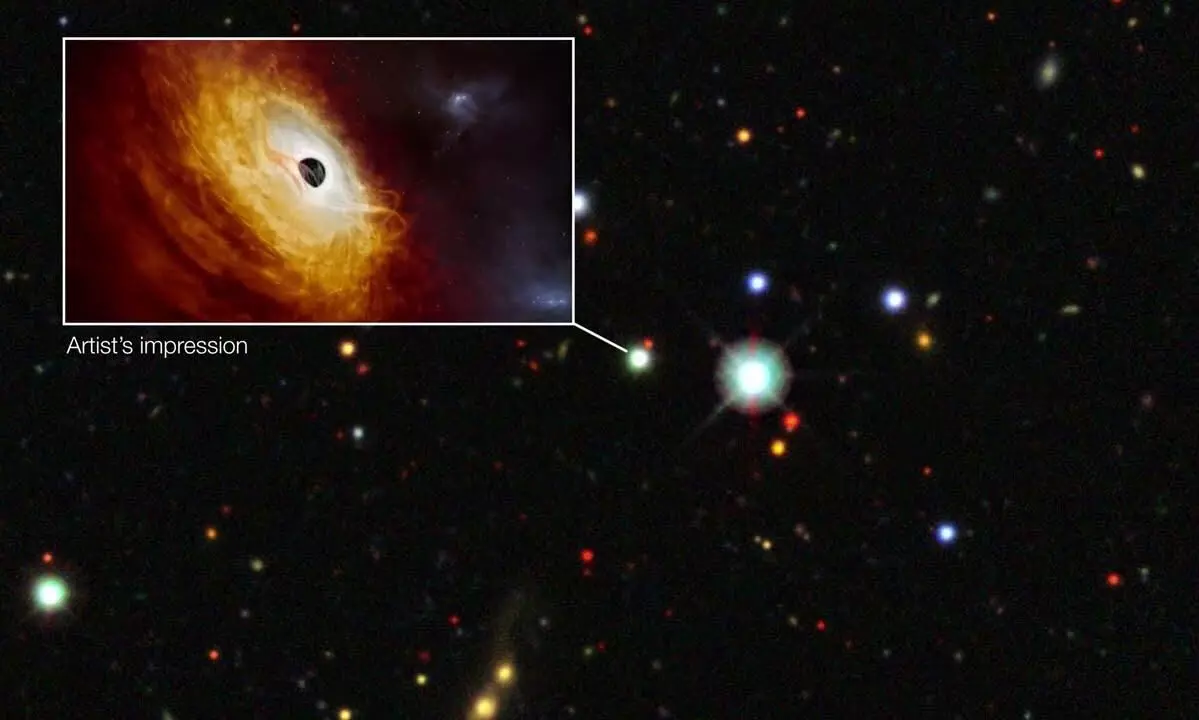
Universe's ever-discovered brightest object eats the mass of the Sun daily
text_fieldsAustralian scientists have identified the most luminous object ever observed in the universe, a quasar radiating light 500 trillion times brighter than our sun. This celestial phenomenon, fuelled by the fastest-growing black hole on record, was "hiding in plain sight," according to researchers.
The black hole within this celestial object consumes the mass of our Sun every day.
The quasar, located over 12 billion light-years away, was initially spotted using a 2.3-meter telescope at the Australian National University's NSW Siding Spring Observatory in Coonabarabran. Confirmation came through the European Southern Observatory's (ESO) Very Large Telescope with an impressive 8-meter primary mirror.
Lead author and ANU associate professor, Christian Wolf emphasized the quasar's unparalleled luminosity and the extraordinary rate at which the black hole devours mass - equivalent to one solar mass per day. The findings, detailed in the journal Nature Astronomy, involve collaboration between ANU, ESO, the University of Melbourne, and France's Sorbonne Université.
The quasar's brilliance stems from an immense "accretion disc" spanning seven light years in diameter. This disc, where material spirals into the voracious black hole, generates an intense release of light and heat as particles collide.
Dr. Christopher Onken, a co-author of the study, noted the surprise at the quasar remaining undetected until now, despite its extreme luminosity. Describing the celestial spectacle, Wolf compared it to a "gigantic and magnetic storm cell" with temperatures reaching 10,000 degrees Celsius, lightning abounds, and winds so fast they could encircle Earth in a second.












